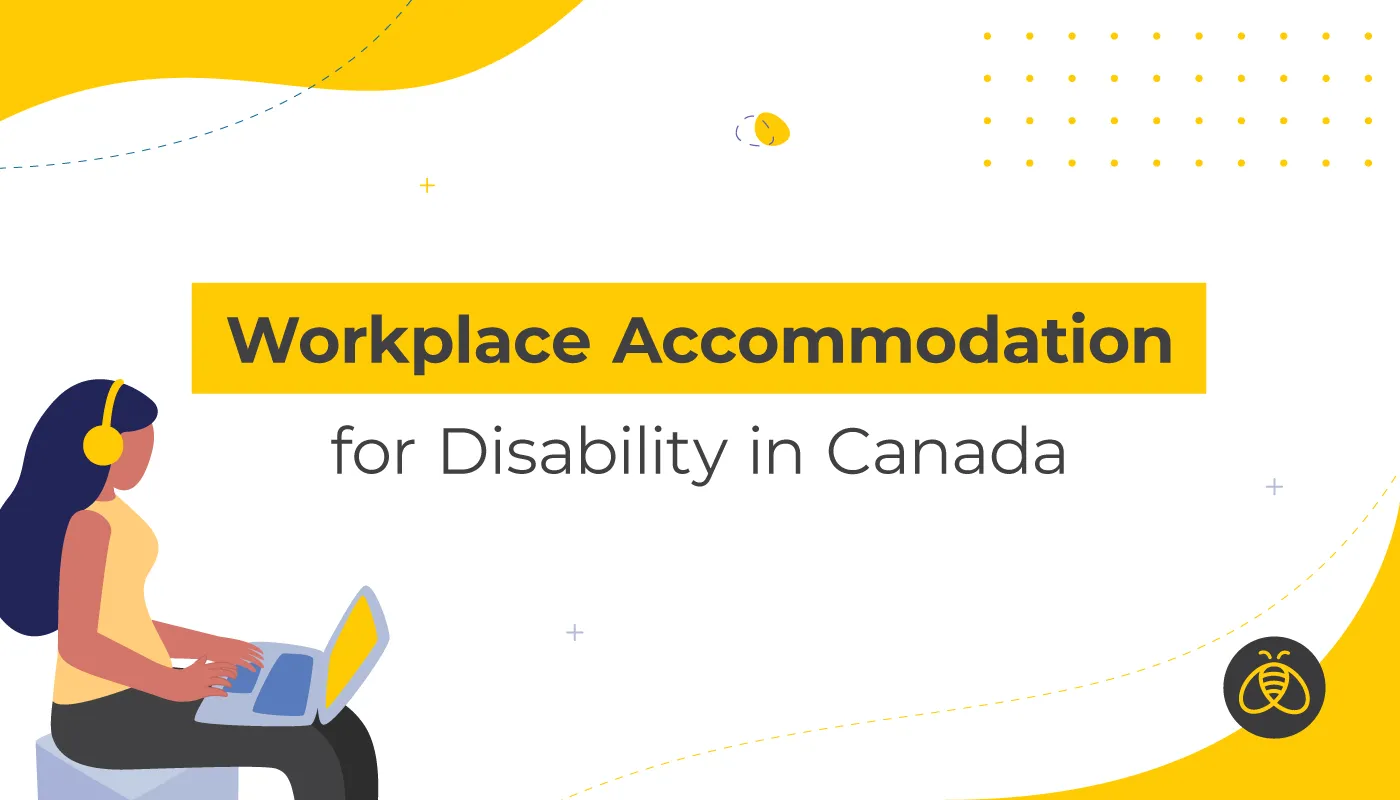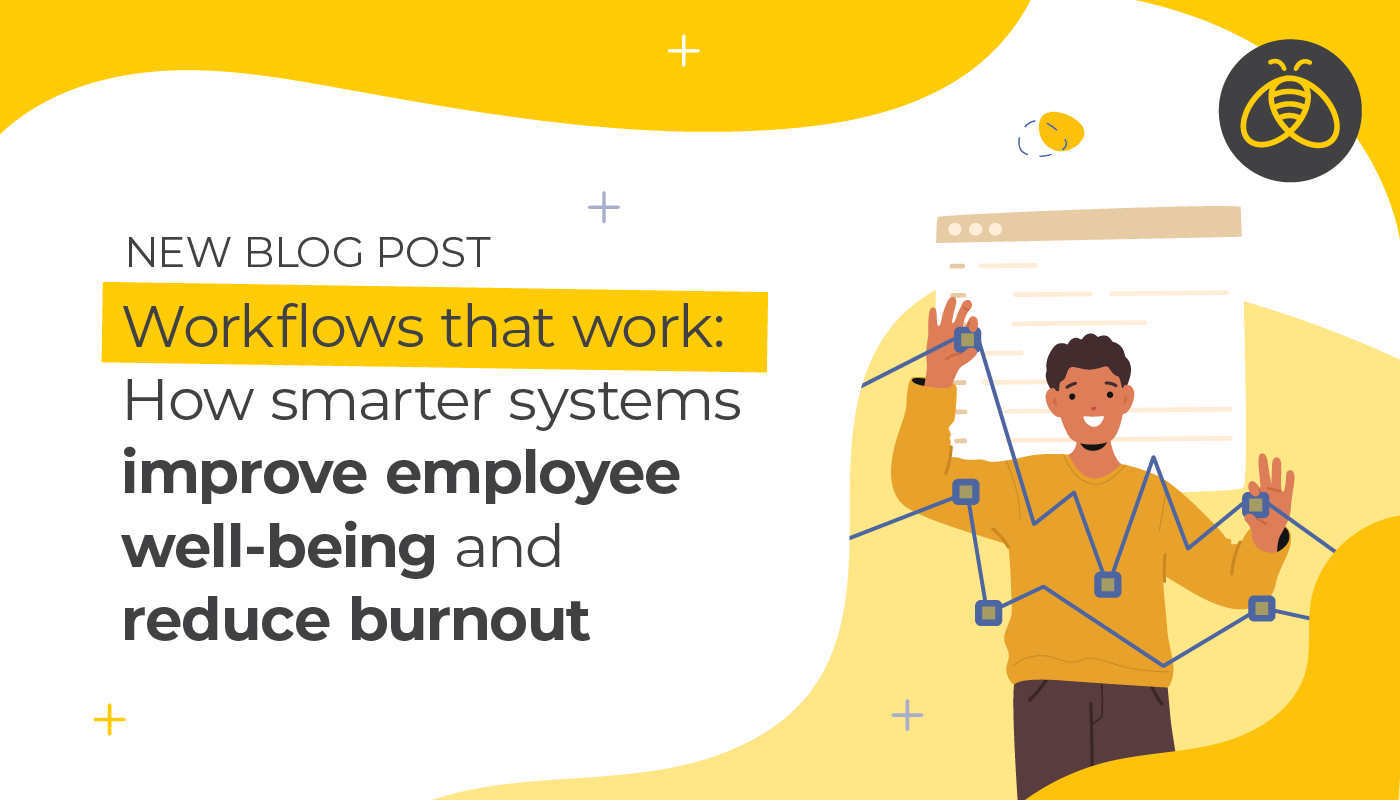Workplace Accommodation for Disability in Canada
By: Benefits by Design | Tuesday November 15, 2022
Updated : Wednesday May 17, 2023
When a person has a disability, no matter the cause, it may be necessary for their employer to provide them with a workplace accommodation. Because there are many different occupations in the world, with a variety of duties, these accommodations can vary widely, and may be unique to the employee.
What is a Workplace Accommodation?
A workplace accommodation is any change in the work environment or the terms and conditions of employment that allows a person with limitations in their abilities, or who faces barriers from the standard rules and conditions of work, to perform their job.
For a person with disabilities, these can be anything that is necessary for the person to have equal opportunities, access and benefits. It can also be temporary if in recovery, or long-term depending on the medical condition, illness or injury.
Addressing the Troubling Trend of Rising Disability Claims in Canada
Workplace accommodation is as much about culture and trust as it is about policies and legal rules. Having an open and accepting culture towards accommodation creates cooperation with employees and reduces conflict around the process.
Common Workplace Accommodations for Disability
There are many different types of workplace accommodations. Just as there are many occupations, there are even more ways to get injured or become ill. Which means the type of accommodations could also be very diverse.
Flexible Work Schedule, Reduced Hours or Days Worked
When an employee is away due to disability, they may require a less extensive schedule when they first return to work. The need for a reduced or flexible schedule could be due to physical strain, or mental capacity, depending on the disability. A part-time or flexible schedule may give them the opportunity to return to work quicker.
Different Formats for Resources and Forms
You may need to supply forms and resources in different formats, such as brail, or a text reading option. Just as different generations prefer different communication formats, there may be ones that are easier to use, and employers should make sure they are including such options.
More Frequent Breaks or Rests from Work
Different occupations require different levels of physical activities or stress. Whether working behind a desk or doing a job that requires manual labour, there is always a toll on our minds and bodies.
Allowing an employee the option to take short and more frequent breaks may be the difference between their ability to perform their job or not.
Light Duty Tasks
Jobs that require heavy lifting, reaching into or up to things, bending over, or even repetitive movements can be difficult to perform if injured. To accommodate an injured employee, employers can provide them with tasks that are not as rigorous. In this way, the employee can still contribute to the overall project, but is not at risk of re-injuring themselves.
Time Off For Medical Appointments
Providing employees with the time they require to visit physicians and specialists, or paramedics is important. Their physician plays a large role in determining the type of accommodations that might be necessary. The employee should also be attending any rehabilitation appointments, such as physiotherapy or counselling.
Job Restructuring, Retraining, or Assignments to Alternative Tasks
Sometimes, previous job duties are no longer an option for the employee. In these circumstances, it may be necessary to make some changes. Perhaps some of the tasks become the responsibility of other employees, while some of their tasks go to the disabled employee. Another option is to provide training in other areas of the job that will fit their current options and abilities.
Continual Adjustments
Employees and employers should be constantly checking in. Any progress or decline in the healing process should be monitored. If necessary, adjustments to the workplace accommodation should be made to ensure they are meeting the goal of allowing the employee to fully function as expected.
What Does It Mean For Employers?
Firstly, employees who return to work quicker after an injury or illness have a significantly higher chance of returning to work full time. In fact, the longer an employee is away, they are exponentially more likely not to return. This means you could lose an experienced, talented employee for good.
Secondly, a workplace culture that fosters all types of employee abilities and strengths shows a commitment to diversity and inclusion. Did you know that employment rates for Canadians with a disability are over 20% lower than for Canadians without a disability? Plus, employees are prioritizing company culture more and more when vetting prospective employers. This means your DEI initiatives (or lack thereof) are being noted.
Lastly, employers could face legal repercussions if they do not make every effort to provide reasonable workplace accommodations.
A disability management program can help with coordinating and implementing workplace accommodations. These programs have processes and procedures that will also help to ensure that all aspects are covered so your employees can return to work safely and in good health.


